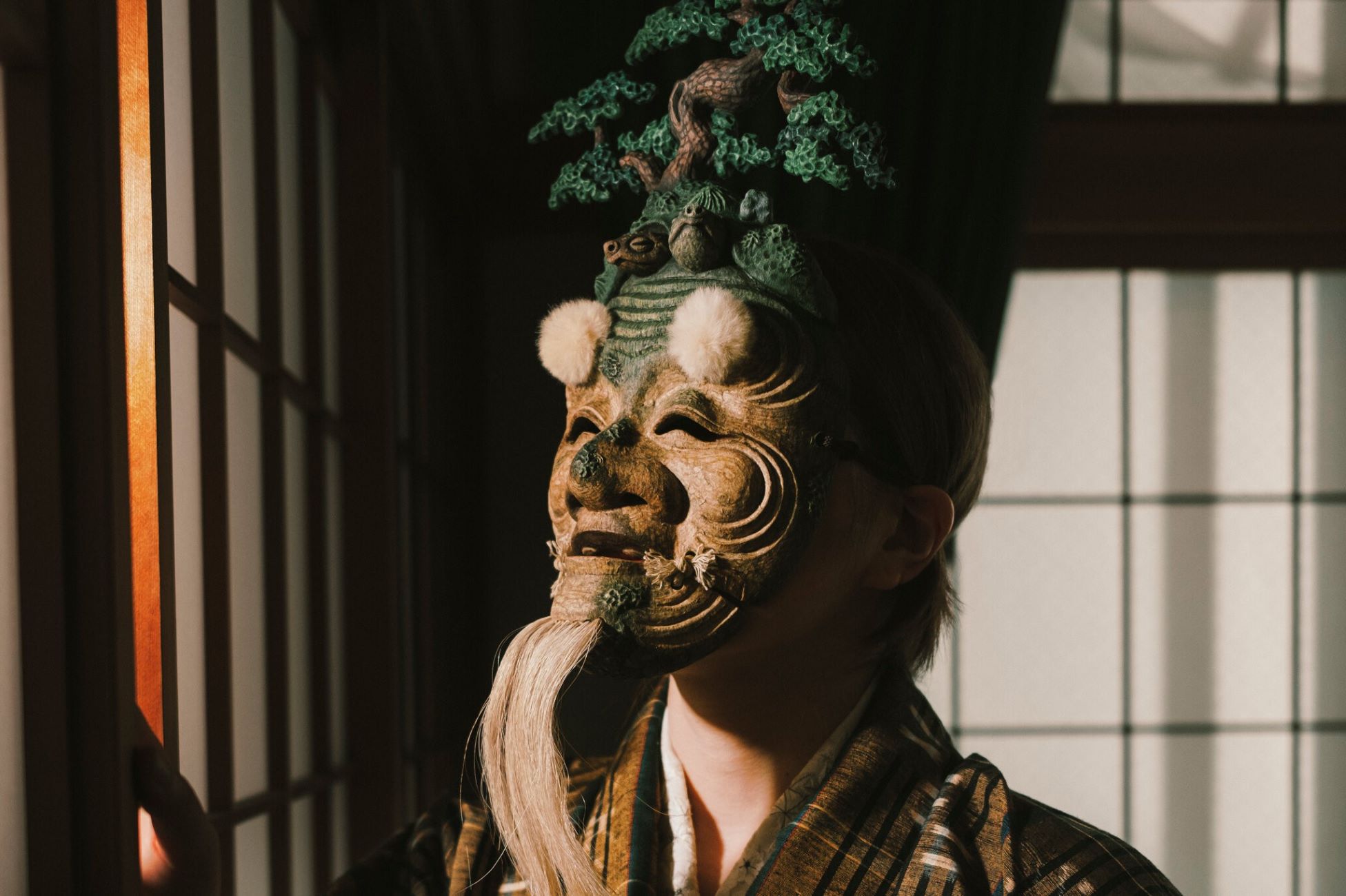The Fascinating Purposes Behind Traditional Japanese Masks

Traditional Japanese masks hold a special place in Japanese culture. These masks, often seen in festivals, theater performances, and religious ceremonies, serve various purposes. Some masks represent gods or spirits, believed to bring good fortune or ward off evil. Others depict characters from Noh and Kabuki theater, helping actors convey emotions and tell stories. Masks like the Oni, with their fierce expressions, symbolize protection against malevolent forces. Meanwhile, the serene faces of Noh masks reflect the subtle emotions of the characters they portray. Understanding the purposes behind traditional Japanese masks offers a glimpse into Japan's rich cultural heritage and artistic traditions.
The Cultural Significance of Traditional Japanese Masks
Traditional Japanese masks hold deep cultural significance. They are used in various ceremonies, festivals, and performances, each with unique meanings and purposes. Let's explore some of the most fascinating masks and their roles in Japanese culture.
Noh Masks: The Art of Subtle Expression
Noh masks are used in Noh theater, one of Japan's oldest performing arts. These masks are crafted to convey complex emotions through subtle changes in the actor's movements and lighting.
- Okina: Represents an old man, symbolizing wisdom and longevity. Often used in celebratory performances.
- Hannya: Depicts a vengeful female demon, expressing jealousy and rage. The mask's expression changes with the angle of the actor's head.
- Ko-omote: Portrays a young woman, embodying beauty and innocence. Its delicate features require skilled craftsmanship.
Kyogen Masks: Comedy and Satire
Kyogen masks are used in Kyogen theater, a comedic counterpart to Noh. These masks are more exaggerated and humorous, reflecting the playful nature of the performances.
- Usobuki: Shows a puckered mouth, often used for characters who whistle or make funny sounds.
- Buaku: Represents a mischievous demon, adding a touch of humor to the performance.
- Oto: Depicts a foolish old man, often the butt of jokes in Kyogen plays.
Kagura Masks: Celebrating the Divine
Kagura masks are used in Shinto rituals and dances to honor the gods and spirits. These masks are vibrant and elaborate, reflecting their sacred purpose.
- Shishi-gashira: Lion head mask used in lion dances to ward off evil spirits and bring good fortune.
- Tengu: Represents a mythical bird-like creature, symbolizing protection and strength.
- Okame: Portrays a cheerful, plump woman, often associated with fertility and happiness.
Gigaku Masks: Ancient Pageantry
Gigaku masks are among the oldest in Japan, used in ancient dance dramas. These masks are large and expressive, designed to be seen from a distance.
- Suiko: Depicts a water sprite, often used in performances involving water themes.
- Kongo: Represents a fierce guardian, protecting sacred spaces and people.
- Chido: Shows a clown-like character, adding humor to the performance.
Oni Masks: The Faces of Demons
Oni masks are used in various festivals and rituals to represent demons. These masks are fierce and intimidating, often used to scare away evil spirits.
- Namahage: Worn during the Namahage festival, where men dressed as demons visit homes to scare children into good behavior.
- Setsubun Oni: Used during the Setsubun festival, where people throw beans to drive away evil spirits.
- Kijin: Represents a wrathful deity, often used in protective rituals.
Bugaku Masks: Elegance in Motion
Bugaku masks are used in Bugaku, a traditional court dance. These masks are elegant and refined, reflecting the sophistication of the performances.
- Ryo-o: Dragon king mask, symbolizing power and majesty.
- Karyobin: Depicts a mythical bird, representing grace and beauty.
- Bato: Horse-headed mask, used in dances that mimic the movements of horses.
Traditional Japanese masks offer a glimpse into the rich cultural heritage of Japan. Each mask tells a story, embodying the beliefs, values, and artistry of the people who created and used them.
Traditional Japanese Masks: A Cultural Treasure
Traditional Japanese masks hold deep cultural significance. They are used in Noh theater, Kabuki performances, festivals, and religious ceremonies. Each mask tells a story, representing emotions, characters, and even deities. Masks like Hannya and Tengu have become iconic, symbolizing different aspects of Japanese folklore and spirituality.
These masks are not just art; they are a bridge to Japan's past, offering a glimpse into the country's rich history and traditions. Whether you're watching a Noh play or attending a festival, the masks add a layer of depth and meaning to the experience.
Understanding the purposes behind these masks enhances appreciation for Japanese culture. They are more than just decorative items; they are a testament to the artistry and storytelling that have been passed down through generations.

